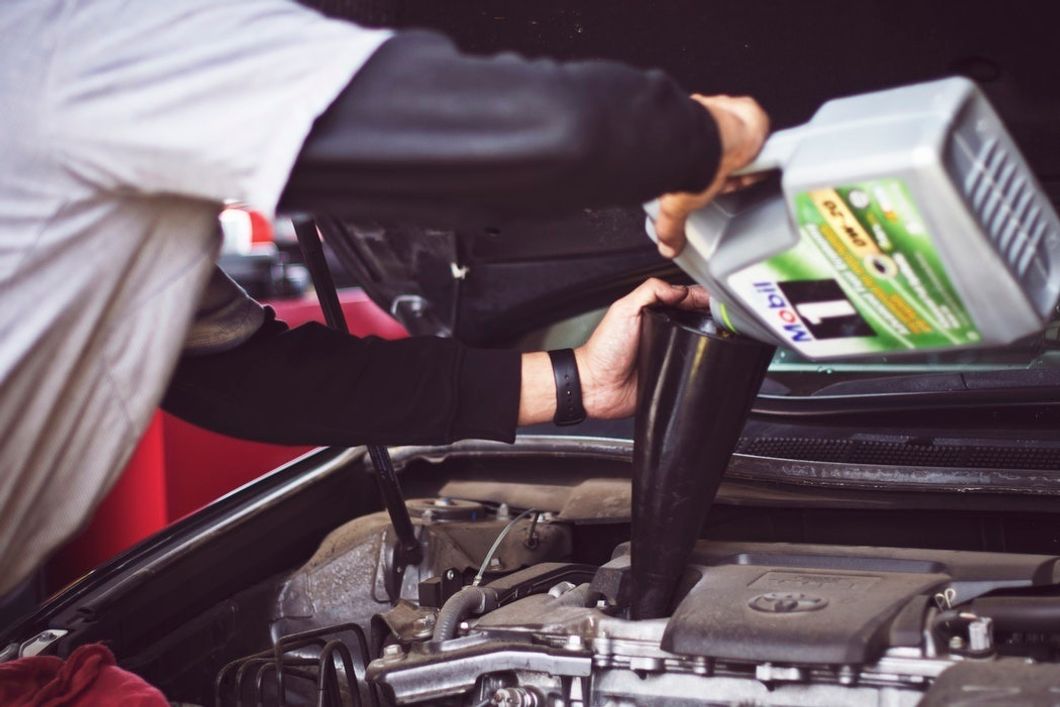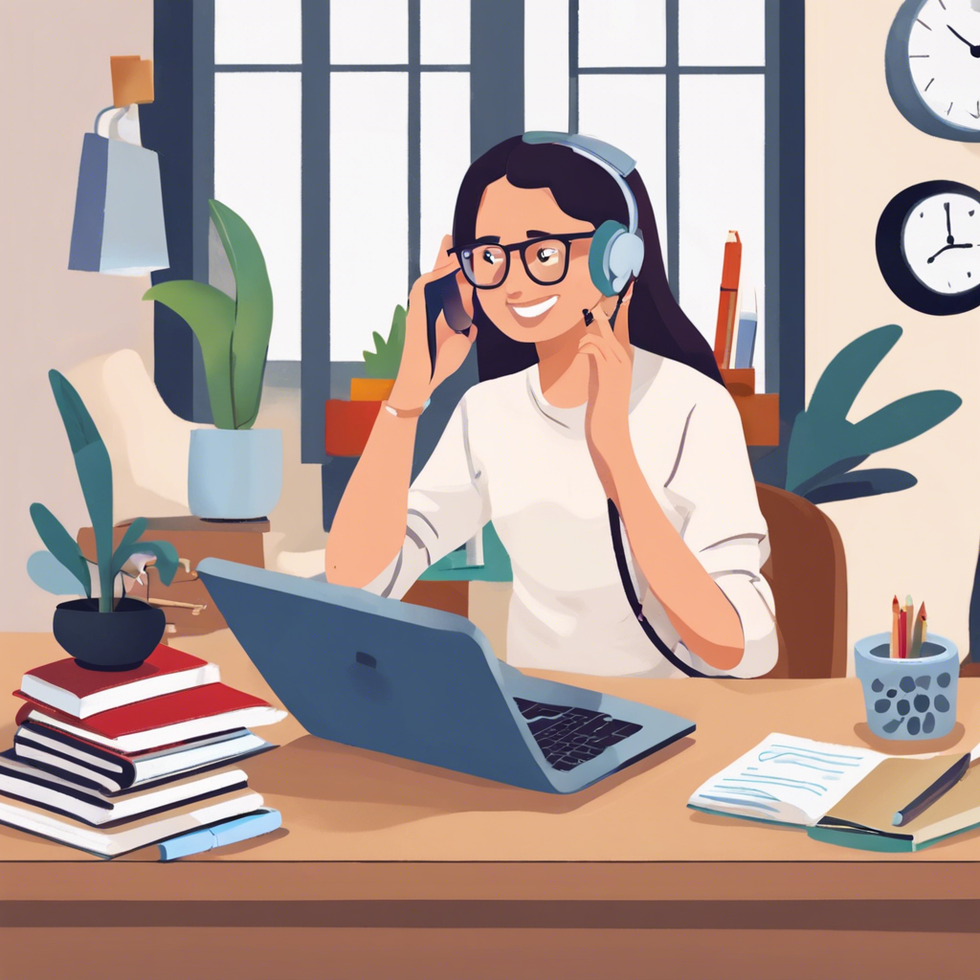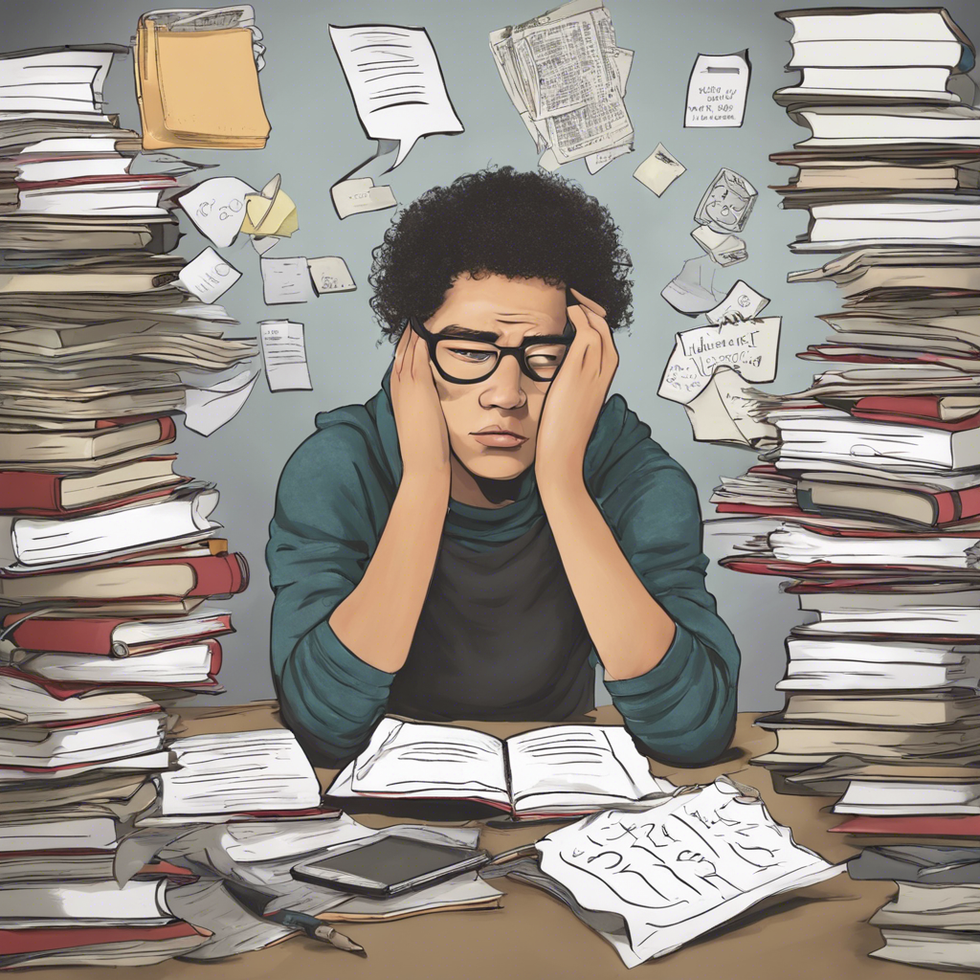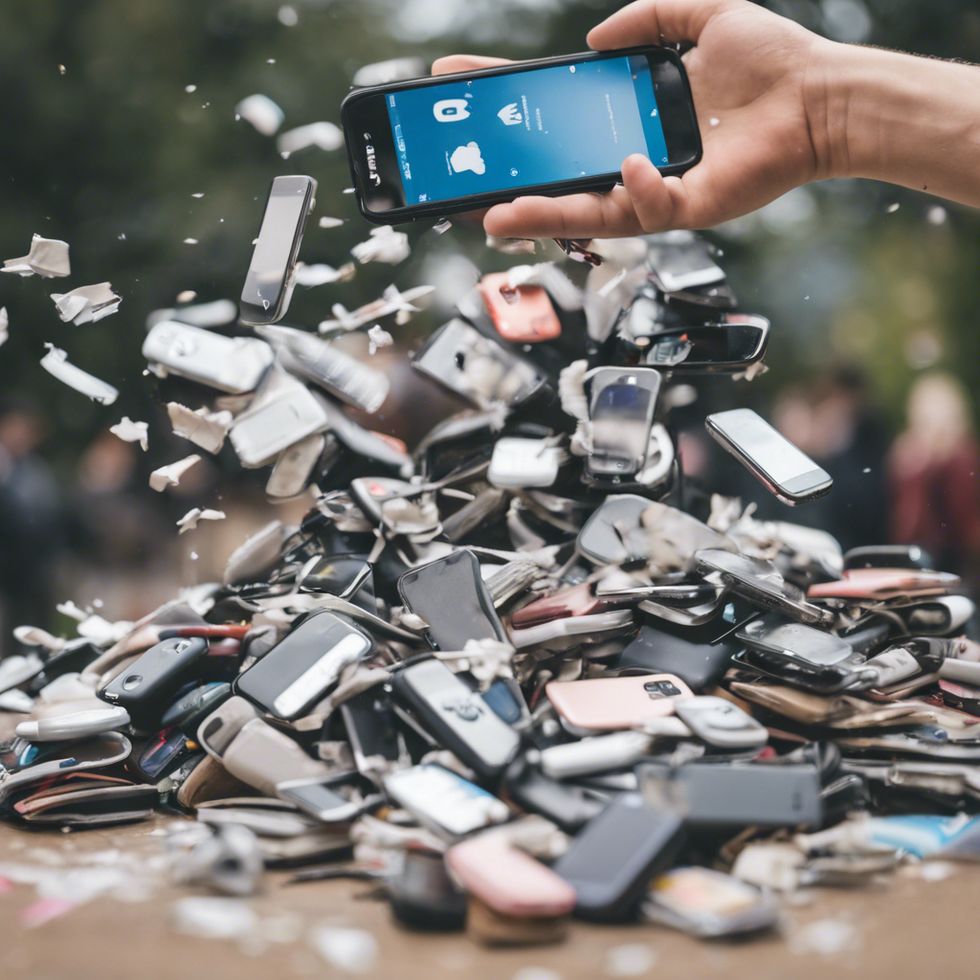I love my Mustang convertible and I take good care of it, and I also spend a lot of money to do it. It is a 2012 and has a little over 68,000 miles. I get it cleaned on a regular basis and have the oil changed regularly. One thing I am not so sure about is how to keep it running like new for years and miles to come.
I asked a friend to give me advice on the basic car care and he said don't listen to me do the research. So I went to the Kelly Blue Book site, www.kbb.com, the Allstate blog at http://blog.allstate.com, Auto Blog at www.autoblog.com and Consumer Reports at www.consumerreports.org to get advice on how to keep my car in good working condition. It is important to be responsible and take care of your car. Because chances are, you spend at least three to four hours a day in it. I presented seven questions and below are answers and guidelines for you to use.
1. What is the best mileage marker for getting an oil changed in my car?
My friend said: Conventional oil is every 3,000. If you are using synthetic oil (which is the best) every 5,000. Check your owner's manual. KBB said: Check the oil on a monthly basis. No single step will help an engine last more than regular oil and filter changes will. Conversely, nothing will destroy an engine faster than neglecting oil-level checks or fresh-oil changes.
2. Should I add water when adding anti-freeze?
My friend said: Depends on the type of anti-freeze. Never mix it either, there is an orange color anti-freeze and a green color, check the reservoir before purchasing and make sure to read the directions. KBB said: Flush the cooling system and change coolant once a year. A 50/50 mix of coolant and distilled water will keep the cooling system in good shape and prevent corrosion and deposits from building up inside the cooling system.
3. What are the best items to have in your trunk?
I always thought jumper cables, did not know that is was not a good idea. My friend said: There is a jump pack that works just as good and you don't have to ask anyone for help. A tire gauge, preferably a digital one. I have tire pump that can be plugged into the cigarette lighter and will add air to a low tire. Always have a first aid kit and a flashlight, never use flares, but use the orange reflector triangles. The Allstate Blog said: Every car kit should begin with some general emergency supplies. Here are some of the essentials recommended by the National Safety Council and Ready.gov:Spare tire, wheel wrench and jack, jumper cables ,basic tool kit and/or multipurpose tool, local road maps (in case your GPS and phone are without power), flares or reflective triangles, blankets, car cell phone charger, drinking water, food (nonperishables, like protein bars or dried fruit), flashlight and extra batteries, first aid kit, fire extinguisher, and duct tape.
4. My car does not have a spare tire, do I need to buy one?
My friend said: No reason to have one, if your car is equipped with fix-a-flat and emergency air can, that is all you need. A spare tire adds weight to the car which in turns lowers your gas per mile. The KBB and The Allstate Blog said: You should have a spare tire because fix-a-flat and a small air compressor will not solve the problem if you have a blowout or sidewall damage.
5. Is getting AAA good expense?
My friend said: Yes if you are a commuter and use your car daily. If you are a casual driver and don't work but have a good insurance company that has roadside assistance, then that will be enough. AAA said: Besides for emergencies, AAA has membership discounts for things like repairs, oil changes, discounts on cell phones, amusements parks, and hotels.
6. Is it better to take my car to the dealership for repairs and maintenance?
My friend said: Maintenance under warranty should always be done through the dealership. All other repairs and upkeep should be done by a mechanic. Ask your friends, co-workers, and associates if they know or use a good mechanic. www.autoblog.com said: Find a facility (either a dealership service department or an independent) that you are comfortable with and one that suits your individual needs. Make sure they are highly qualified to do the work. Develop an ongoing relationship with them, and don't jump from shop to shop looking for the next best deal
7. When is the best time to get new tires?
My friend said: Rotate your tires according to your owner's manual or the suggested mileage from the tire company. The Florida weather does a lot of damage to tires, special care like using tire shine keeps the tires from cracking from the harsh Florida sun. New tires should be replaced when the parallel tread on the tires is flush with the horizontal bars on your tires. To find this bar, put your finger inside the groove of the tire tread and run along until you find the bar. Consumer Reports said: It's important to inspect your tires every month for wear. To gauge tread depth, all you need is a quarter. Put George Washington's head into one of the big grooves. If the top of his head is flush with the tread, you have about 4/32 inch of tread left, meaning you have some grip remaining for rainy or snowy conditions. That's the time when you should start shopping for new tires. If you can see space above Washington's head, you may need to replace your tires immediately.
It is always good to have a reliable friend that will give you sound advice on these types of issues as well as do the research to make sure you are making the right decision. Keeping my car in good condition is an important asset in my future.



 StableDiffusion
StableDiffusion
 StableDiffusion
StableDiffusion
 student thinking i shouldnt have procrastinated all semester
StableDiffusion
student thinking i shouldnt have procrastinated all semester
StableDiffusion
 Photo by
Photo by  Photo by
Photo by  Photo by
Photo by  StableDiffusion
StableDiffusion
 StableDiffusion
StableDiffusion
 Photo by
Photo by  Photo by
Photo by 


 Lumiere figure at the Disney Store at the Ala Moana Shoppi… | Flickr
Lumiere figure at the Disney Store at the Ala Moana Shoppi… | Flickr








 StableDiffusion
StableDiffusion StableDiffusion
StableDiffusion 10. Extra BlanketsJuwenin Home 100% Cotton Knitted Throw Blanket
10. Extra BlanketsJuwenin Home 100% Cotton Knitted Throw Blanket StableDiffusion
StableDiffusion StableDiffusion
StableDiffusion File:Kishlaru familie.jpg - Wikimedia Commons
File:Kishlaru familie.jpg - Wikimedia Commons Photo by Hanna Balan on Unsplash
Photo by Hanna Balan on Unsplash StableDiffusion
StableDiffusion black blue and yellow round illustrationPhoto by
black blue and yellow round illustrationPhoto by 











